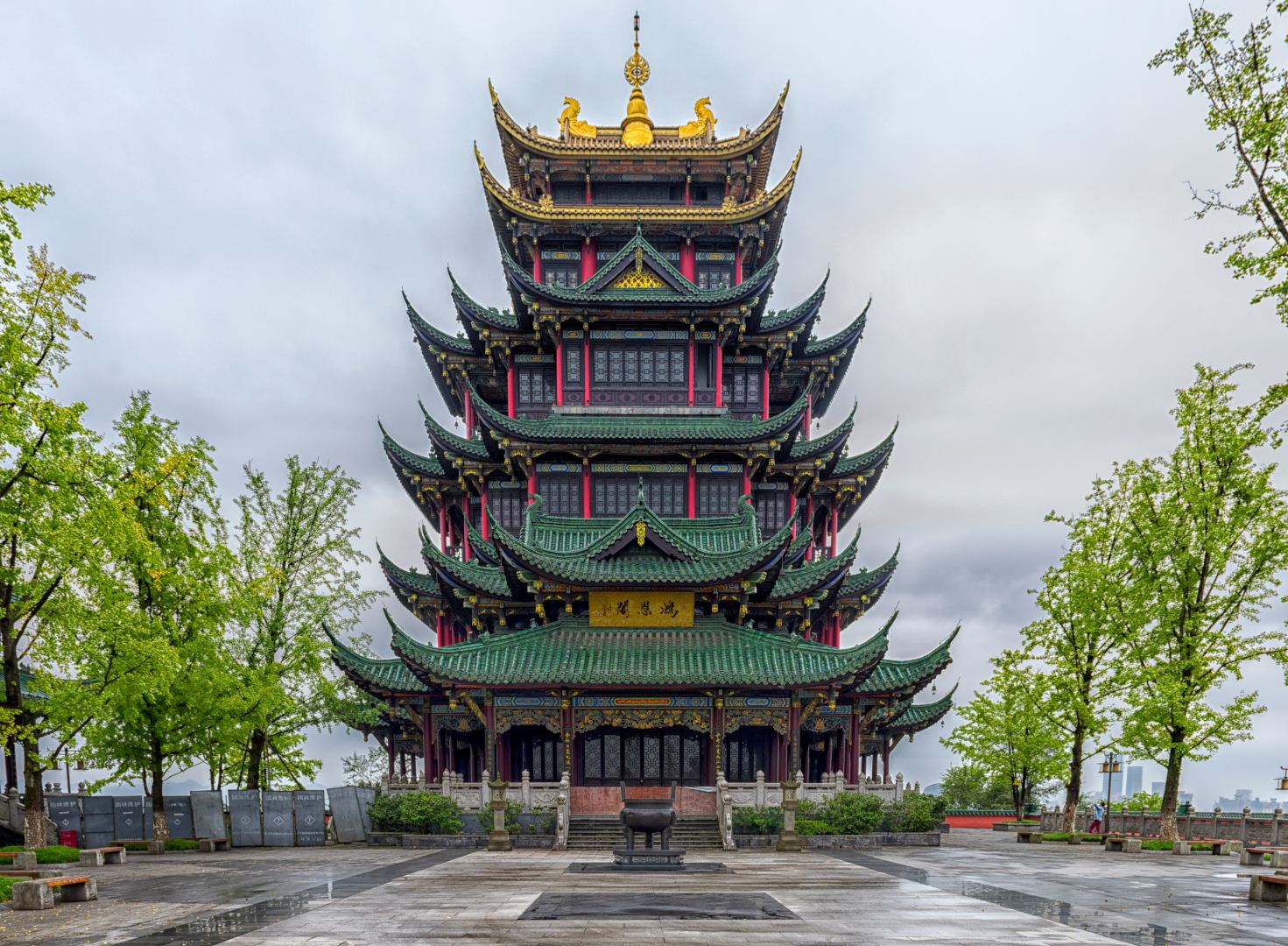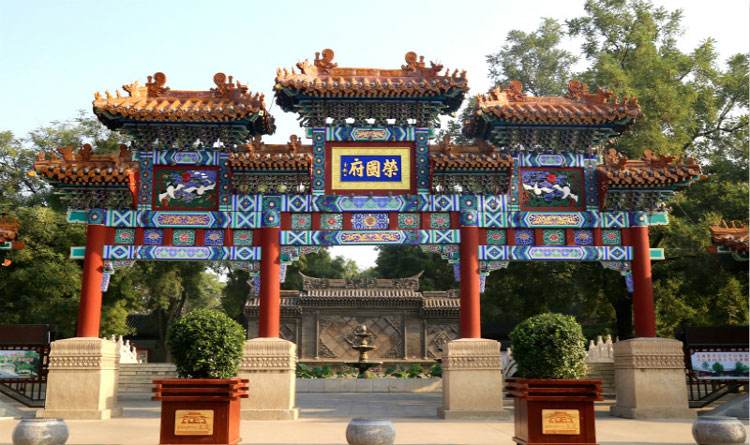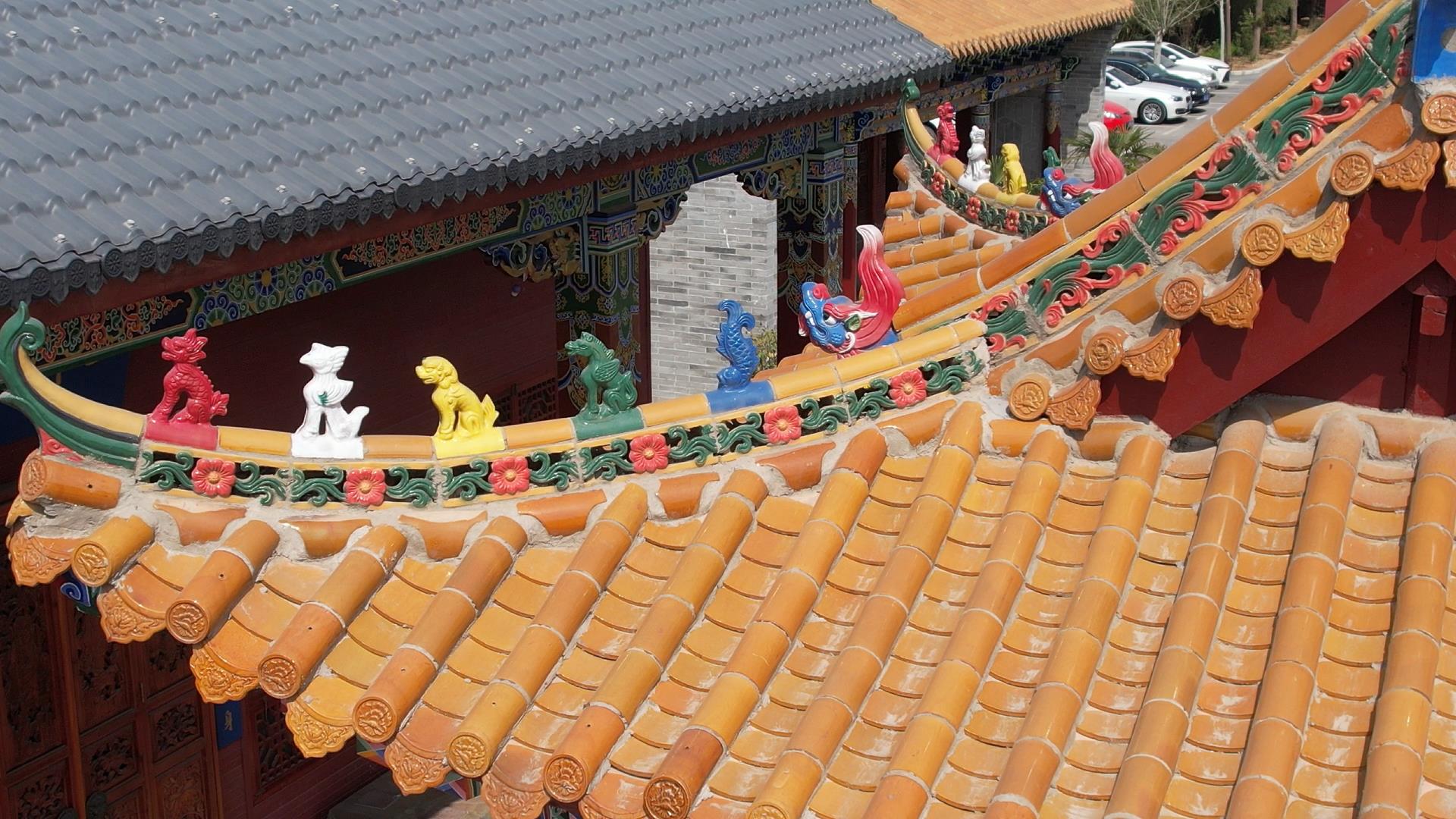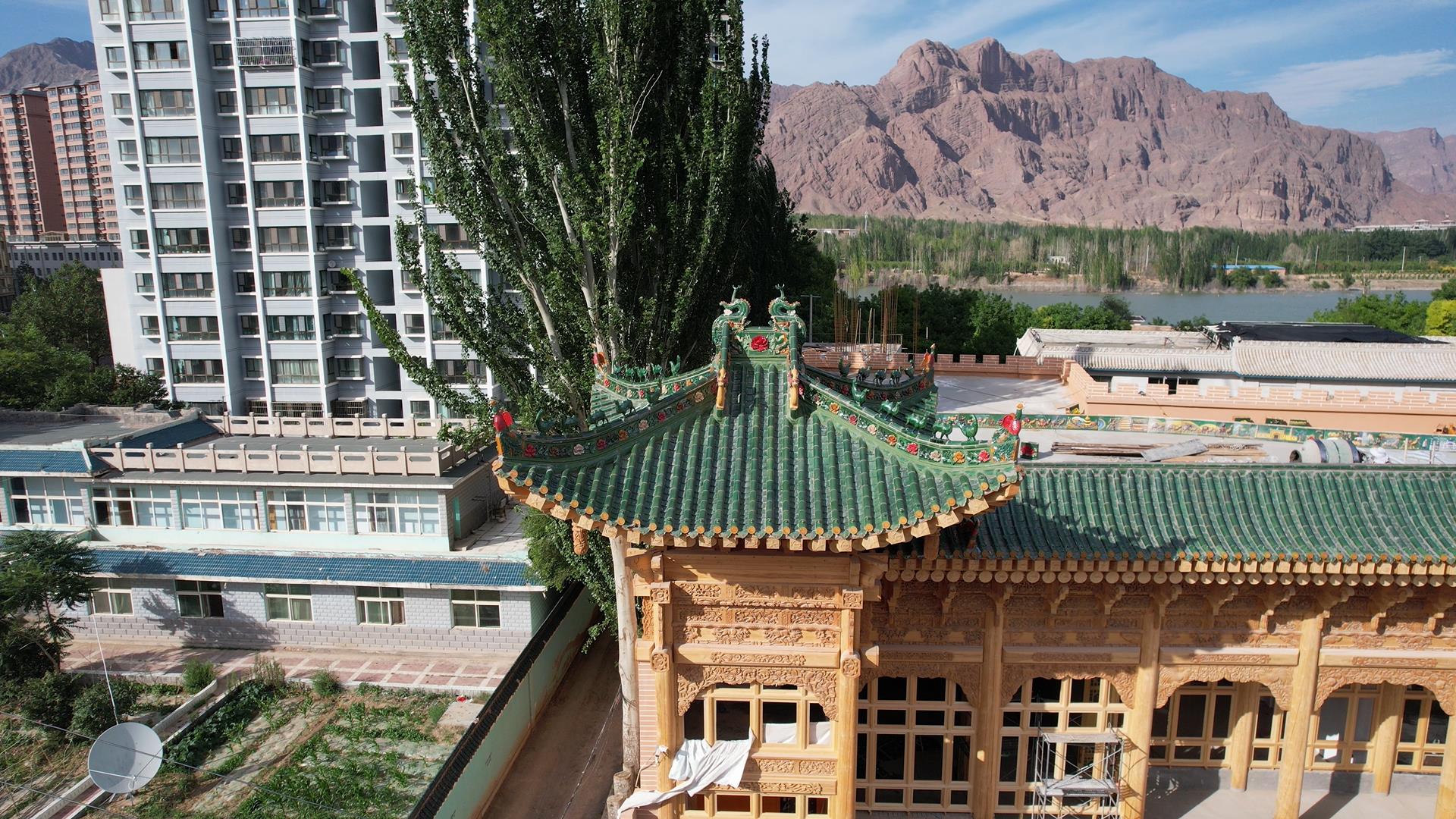- Call Us :+86 13663796880
- Email :nicole@sfrooftile.com
- Working hours :24 hours a day
- Language :Chinese
Nicole Zhang
+86 13663796880
+86-379-63262958
nicole@sfrooftile.com
Ancient Chinese architecture is renowned for its vibrant and colorful appearance, creating a visually stunning and captivating landscape. From imperial palaces to temples and gardens, the use of vibrant colors on buildings has been a hallmark of Chinese architectural aesthetics.
The application of colorful pigments on architectural structures serves multiple purposes. Firstly, it adds a sense of grandeur and opulence, reflecting the status and power of the ruling class. Bright colors such as red, yellow, and gold were often used to symbolize wealth, prosperity, and good fortune.

Secondly, vibrant colors in Chinese architecture convey symbolic meaning. For example, red represents happiness and celebration, while green signifies growth and vitality. These colors are carefully chosen to align with cultural beliefs and auspicious connotations, creating a harmonious and auspicious environment.
Furthermore, the use of vibrant colors helps in the integration of architecture with the surrounding natural landscape. Ancient Chinese builders believed in harmonizing man-made structures with nature, and the vivid colors used on rooftops, walls, and decorative elements blend seamlessly with the natural surroundings, creating a picturesque scenery.

The art of color application in Chinese architecture involves a meticulous process. Traditional mineral-based pigments, derived from natural sources, were mixed with binders to create durable and long-lasting colors. Skilled artisans carefully painted intricate designs and patterns, showcasing their craftsmanship and attention to detail.

Despite the passage of time, remnants of these colorful architectural wonders can still be found in preserved ancient sites such as the Forbidden City in Beijing and the Summer Palace in Suzhou. These vibrant hues continue to inspire awe and admiration, providing a glimpse into the rich cultural heritage of China.

In conclusion, the vibrant colors adorning ancient Chinese architecture serve as a testament to the country's rich cultural heritage and artistic prowess. Their use not only enhances the visual appeal of buildings but also carries symbolic meanings and harmonizes with the natural environment. These colorful architectural wonders stand as a vivid representation of China's architectural splendor and continue to captivate the imagination of visitors from around the world.